Growth of the Smart Home Market
The proliferation of smart home technology is significantly impacting the electric motors-household-appliances market. As consumers increasingly adopt smart devices, there is a corresponding demand for appliances that integrate seamlessly with home automation systems. Electric motors are becoming essential components in these smart appliances, enabling features such as remote control and energy monitoring. Market analysis suggests that the smart home segment is expected to grow at a CAGR of over 25% in the coming years. This trend indicates a robust opportunity for the electric motors-household-appliances market to innovate and cater to the evolving needs of tech-savvy consumers.
Regulatory Support for Energy Standards
Regulatory frameworks play a crucial role in shaping the electric motors-household-appliances market. Government policies aimed at enhancing energy efficiency standards are driving manufacturers to develop compliant electric motors. These regulations not only promote energy conservation but also encourage competition among manufacturers to innovate and improve their product offerings. For instance, the implementation of stricter energy efficiency guidelines has led to a marked increase in the production of high-efficiency motors. As a result, the electric motors-household-appliances market is likely to benefit from a more competitive landscape, fostering advancements in technology and design.
Technological Advancements in Motor Design
Innovations in motor design are transforming the electric motors-household-appliances market. The introduction of brushless DC motors and permanent magnet motors enhances performance and efficiency, making appliances more reliable and durable. These advancements not only improve energy consumption but also reduce noise levels, which is a critical factor for consumers. The market is witnessing a shift towards compact and lightweight motor designs, which allow for more versatile applications in household appliances. As manufacturers invest in research and development, the electric motors-household-appliances market is poised for growth, with new technologies driving consumer interest and expanding product offerings.
Rising Demand for Energy-Efficient Appliances
The electric motors-household-appliances market experiences a notable surge in demand for energy-efficient appliances. Consumers are increasingly prioritizing energy savings, which is reflected in the growing sales of appliances equipped with advanced electric motors. According to recent data, energy-efficient appliances can reduce energy consumption by up to 30%, leading to significant cost savings for households. This trend is further supported by government incentives aimed at promoting energy efficiency, which encourages manufacturers to innovate and produce more efficient electric motors. As a result, the electric motors-household-appliances market is likely to expand, driven by consumer preferences for sustainability and lower utility bills.
Increased Consumer Awareness of Sustainability
Consumer awareness regarding sustainability is significantly influencing the electric motors-household-appliances market. As individuals become more informed about the environmental impact of their purchases, there is a growing preference for appliances that utilize eco-friendly electric motors. This shift is evident in the rising sales of products that meet stringent environmental standards. Market data indicates that approximately 60% of consumers are willing to pay a premium for sustainable appliances, which is prompting manufacturers to adopt greener practices. Consequently, the electric motors-household-appliances market is adapting to meet these demands, fostering innovation and promoting sustainable motor technologies.


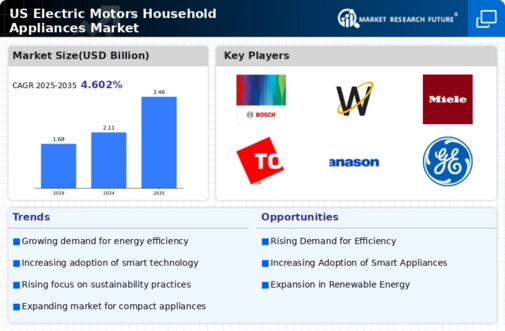
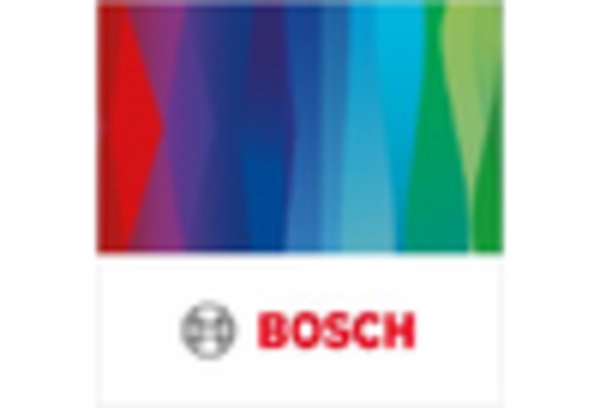

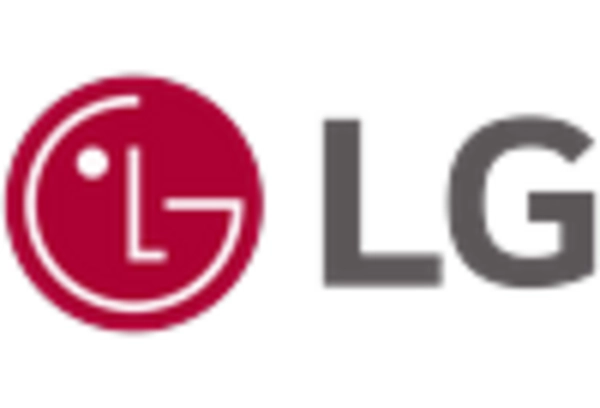
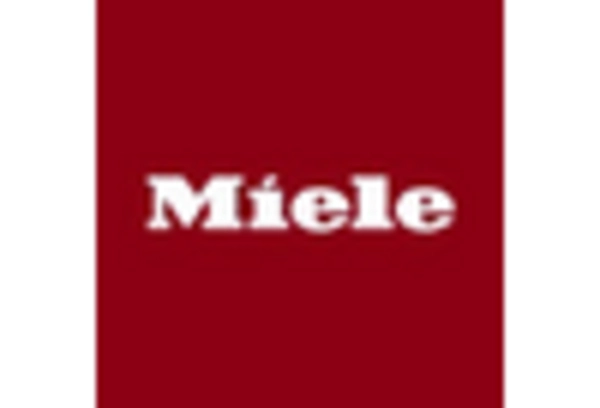
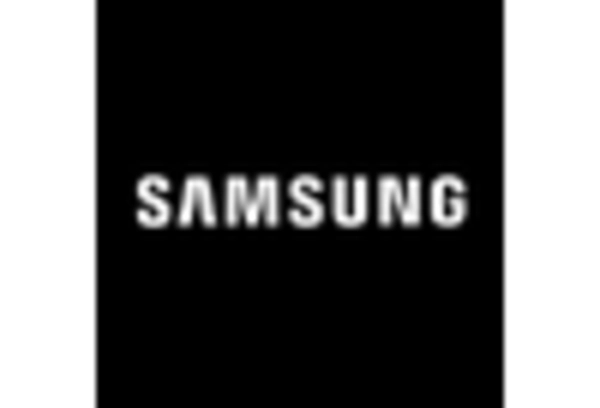









Leave a Comment